The Wonderfully Unique Community Building of California’s Casting Clubs
The first time I saw a casting pond, I wondered if I might be hallucinating. It was many years ago in San Francisco’s Golden Gate Park, not far from “Hippie Hill,” so, come to think of it, hallucinating wouldn’t have been entirely out of place. But no, I was just on my daily jog through the park near my apartment. At one point, crossing a meadow, near the buffalo pen (Golden Gate Park is a magical place), I saw a man wearing waders and toting a fly rod, walking with purpose toward a big stand of pine trees.
I initially assumed he was heading to one of the many ponds in the park, all of which seem to harbor resident monster carp in their murky green depths. But I’d never seen anyone attempt to fish in them before, so I decided to follow him. Soon, he crested a small hill lined with towering eucalyptus trees, and once I reached the top of the rise, I saw something that stopped me in my tracks: a handful of fly fishers casting into a cement pool filled with iridescent turquoise water. Some were wading, aiming yarn dries at what appeared to be brightly colored hula hoops. Nearby, there was a small, rustic cabin where people were inside tying flies.
A sign read: Golden Gate Angling and Casting Club.
Three hours from the nearest trout water, in the heart of one of America’s densest cities, was a beautifully quiet oasis. A simulacrum of a mountain cabin with castable—though not fishable—waters right out front. I was stunned.
For decades I’d been a spin caster, throwing Kastmasters and rooster tails in Sierra Nevada streams, catching my share of trout. An avid backpacker, I’d bring a tiny, lightweight rod to high alpine lakes, sometimes tossing baitless hooks into crystal-clear water, the brookies biting anything with a shine.
I knew trout, and I knew how to fish for them, but I hadn’t yet tried fly fishing. It looked fussy, too complicated. I only get to the mountains a handful of times each year and I didn’t want to waste time learning an entirely new fishing technique on the, ahem, fly.
But suddenly, in front of my still-disbelieving eyes, was an honest-to-goodness fly-fishing opportunity—albeit without the chance to actually catch a fish. That was fine by me. This spot was four blocks from my apartment. I was happy to trade catching fish for the proximity of a faux fishing escape.
Two days later, I held a borrowed fly rod while a patient volunteer instructor talked me and a dozen others through our first tentative, arrhythmic casts. I made a couple of new friends that day and discovered that fly casting, to do it well, was harder than it looked. An hour later, I was the club’s newest member.
CALIFORNIA’S URBAN CASTING CLUBS
The Golden Gate Casting Club is one of a handful of fly-casting clubs in urban California, far from the babbling brooks and sweeping rivers normally associated with fly fishing. several of the clubs have purpose-built casting ponds, some aside their clubhouse, others in local parks, designed so city-locked anglers can get their gills wet.
Two of those, each with dedicated artificial ponds, are located deep in Southern California—an area many outside the state may not associate with fly fishing but which boasts a large and passionate fly-fishing community. Founded in 1925, the Long Beach Casting Club is one of the oldest in the country. The Pasadena Casting Club, which has also been around for many decades, is the other.
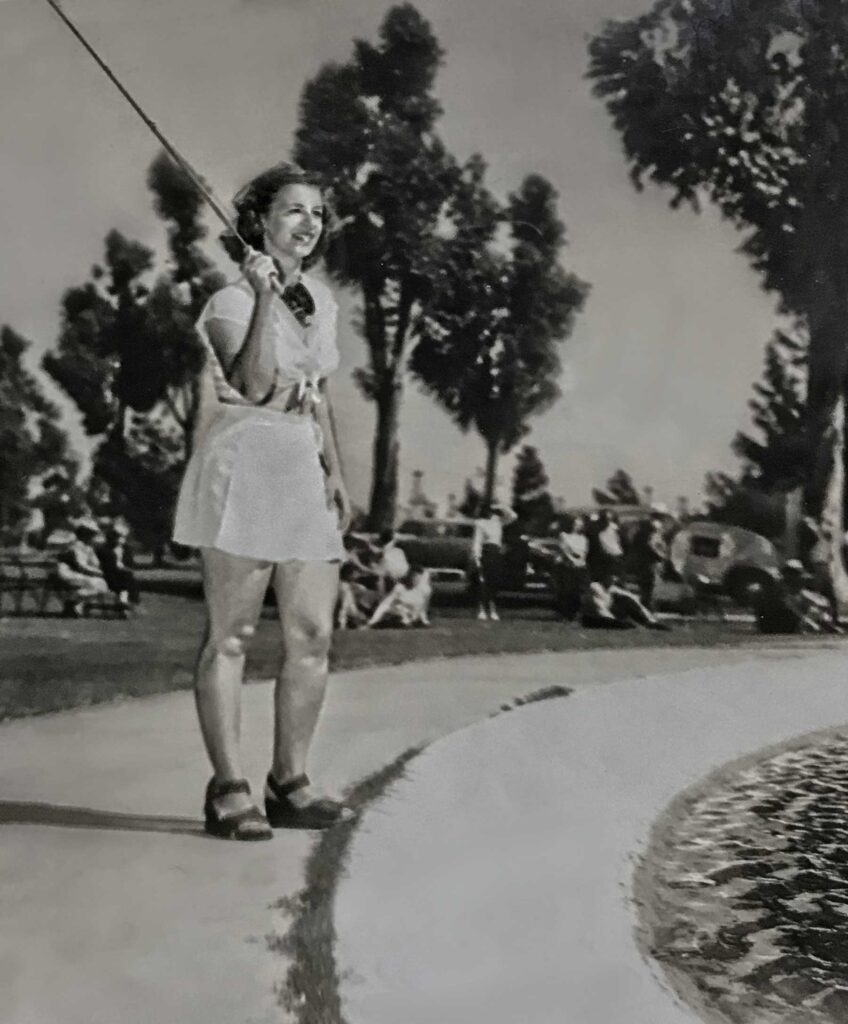
LEARNING THE CRAFT
For the next couple of years, I was one of a handful of newcomers, or newbies, one of generally four types of people you’ll encounter at a casting club. I summoned the courage to be an adult beginner, which is never easy on the ego. I swallowed my pride, put my fate in the hands of unbelievably kind casting instructors who volunteered their precious time every weekend to share their love of fly fishing.
Newbies can be anyone: young or old, male or female, all trying out a brand-new activity by swallowing their pride, stepping out on a limb, and embracing being a beginner at something, perhaps for the first time in years. There’s a certain bond that forms in sharing the embarrassment of being terrible at something, which helps newbies become friendly acquaintances. We’d line up in a row, some with dusty, creaky rods borrowed from the club, others with shiny new rod-and-reel sets they had purchased, already committed to fly fishing and learning with the setup they’d eventually use in genuine trout waters.
And there’s so much to learn.
Casting, of course, is the most important part. Us newbies spent hours learning to draw the rod back to two o’clock and flick it forward to ten o’clock over and over. We learned false casting and roll casting, left alone to dart little tufts of yarn tied to our fly lines at the hoops set out as targets in the pool. Some, like me, were experienced anglers wanting to learn a new method. Others had never fished in their lives. We’d laugh at our misfortune, high-five over successes, and talk about why we were learning to fly fish in the first place.
Mostly, though, we’d marvel at the tournament casters.
THE TOURNAMENT CASTERS
Casting competitions are a big deal in California, held at both the Golden Gate Angling and Casting Club and the Long Beach Casting Club. Competitors come from around the world to see who can cast the farthest.
Spey-casters, practicing for tournaments, would set up on one side of the pool, wade in to make their big, looping two-handed casts that sail authoritatively 170 feet or more across the pond. Watching them was like watching members of a muscle car club all parked next to each other in a big lot taking turns doing burnouts and donuts.
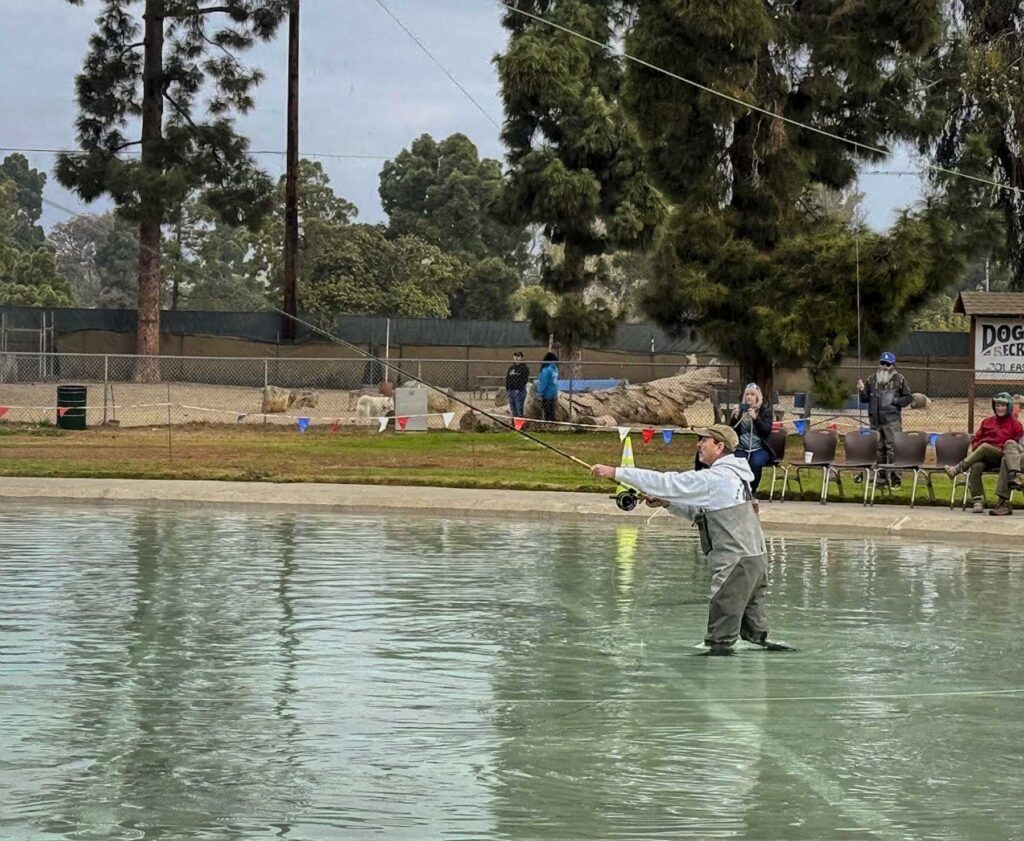
The Spey casters would set up their big, gleaming two-handed rods, some approaching 20 feet in length, in a long line, rod tips pointed skyward, then sit and chat while they waited their turn to practice.
Because they take up so much space, the tournament casters are generally in the ponds casting one at a time. One would finish and slowly emerge from the water, while the next in line would get up from their camp chair, wriggle into waders, collect their rod, and slide into the water.
There must be some stage fright for these casters. The whole pool would watch silently as they used both hands to raise the massive rod tip, twisting it in elaborate loops to put tension on the line, looking a little like strange, watery orchestra conductors, before flinging a laser beam of neon line way out over the still water—the caster possibly trying to will into existence a giant steelhead.
THE TRIP PREPPER
Which brings us to the next type of person you find at the casting club: the trip prepper. These are the folks who show up not just to refine their cast but because they have a destination in mind—steelhead rivers, remote creeks, or some far-off fishing adventure. If you’re a regular at a casting club, you can usually recognize them because, well, you don’t recognize them. But you can tell they know what they’re doing. That means one of two things—they’re new to the area or they’re a seasoned angler brushing up for a specific trip.
Sometimes they’d join the line of Spey casters, fine-tuning their two-handed technique in preparation for the big steelhead rivers winding through the redwoods. Other times they’d have lighter setups—maybe a 3-weight rod—delicately roll-casting at targets from awkward positions, clearly practicing for a tight-quartered, small-stream adventure.
I once met a fellow backpacking enthusiast practicing with an unfamiliar, reel-less setup in the corner of the pond. She was testing out Tenkara for an upcoming trip to the Emigrant Wilderness, where she planned to fish its small creeks and lakes. The simplicity of the method made sense to her. It made sense to me, too—I went out and bought my own Tenkara rod the very next day.
THE REGULARS—THE HEART OF THE CLUB
Observing the casters from the sidelines, offering encouragement and kind words, are the real regulars—the members. They are the lifeblood of the club. For a newbie, it’s hard not to feel a twinge of envy at the camaraderie and community they’ve built. While casting ponds are generally open to anyone who wants to wander up and fling some flies across the water, club membership offers something deeper: access to the clubhouse, a space to tie flies, swap stories, and—most importantly—a sense of belonging.
Take John VanDerhoof of the Long Beach Casting Club (LBCC), for example. He’s been casting at LBCC since the late 1970s, serving at different times as club president, newsletter editor, and now, club historian. If you visit the LBCC website you’ll find a trove of carefully curated facts and stories about the club, all thanks to VanDerhoof.
This year, LBCC celebrates its 100th anniversary. It’s one of the oldest casting clubs in the country and, with over 500 members, also one of the largest. Its roots trace back to a Finnish immigrant who founded the club at a time when there was no casting pond, no clubhouse—just a shared passion for fly fishing. In those early days, members would meet up in local parks and beaches to practice their casts. Within a few years, the members dug their own casting pond, built a log cabin clubhouse, and the club was off and running.
Since 1936, LBCC has offered free instruction in casting, fly tying, and rod building. “We’re a teaching club,” says VanDerhoof. “That’s why we’re here. That’s why I’m a member—I’m here to teach.” It makes sense. He’s a Master Certified Casting Instructor.
Located in the heart of urban Long Beach, the club is a welcome refuge, nestled within the city’s Recreation Park. Its understated, porched clubhouse—complete with a stone fireplace—is surrounded by towering trees, with golf courses on two sides providing a buffer from the greater Los Angeles-area concrete jungle.
The club’s demographic, VanDerhoof admits, leans toward retirees. “Not many youngsters,” he laments, hoping that will change as they put more effort into spreading the fly-fishing gospel through social media. As it is, VanDerhoof says most new members tend to be the newly retired, finally carving out the time to try fly fishing.
There’s no shortage of them, apparently. “We had 60 people at our last free casting clinic,” VanDerhoof notes.
When newbies arrive and start flicking out their first tentative casts, VanDerhoof says the members and instructors typically notice and may stroll over to offer guidance. “We’ve seen it all before,” VanDerhoof says. But if a non-member prefers solitude, practicing at the far end of the pond, the instructors will respectfully leave them be. However, he adds with a chuckle, “If that poor son of a gun starts casting near the clubhouse, they’re gonna get approached.”
A TRADITION OF COMMUNITY
About 35 miles north of LBCC, tucked into Pasadena’s Lower Arroyo Seco Park, is the Pasadena Casting Club. Founded in 1947, PCC is nearly 20 years younger than the LBCC but still one of the largest. According to PCC board member Ron Escue, the club today has about 350 members.
PCC, unlike its sibling to the south, feels much more secluded. The club is set within a 70-acre nature preserve where coastal live oaks provide shade and the air carries the scent of California black sage. The club’s rectangular, concrete-bottomed casting pond sits in the midst of this landscape, and it’s not uncommon to see resident coyotes loping through the brush as anglers practice their casts.

Like LBCC, PCC offers free casting lessons, fly-tying clinics, guest lectures, and organized fishing trips for members. Also like LBCC, its membership leans toward the senior end of the age spectrum, though that’s not for a lack of effort at recruiting younger fly fishers, says Escue. “We’re definitely beating the drum to get the word out to younger people,” he says.
Speaking with Escue, it’s apparent that the PCC has a deep commitment to community. The club hosts a Wounded Warriors program, encouraging veterans to get out on the water as a form of healing. They also run a Casting For Recovery clinic for women cancer survivors, giving them an opportunity to focus on something outside of their health struggles. PCC supports conservation groups like California Trout and Trout Unlimited who help restore the waters and protect the fish club members cherish.
The strength of community was on full display in January when the Eaton Fire tore through the Pasadena and Altadena areas, destroying the homes of 10 PCC members. It may seem trite in comparison, but along with their houses, many lost their fishing gear—their connection to both the sport and the community. The club immediately set up a donation program to help the displaced families get back on their feet and back on the water and help rebuild their shattered lives.
“I am grateful for the kindness and generosity shown to our members who lost their homes and gear in the fires,” says PCC President Steve Terui. “The outpouring of support, donations, and encouragement has been remarkable. This is what community looks like.”
MORE THAN JUST CASTING
That sense of community is what makes fly-casting clubs so special. Fly fishing is often a solitary pursuit, taking anglers to remote places in search of patches of water untouched by other fly fishers. And there’s beauty in that solitude. But there’s also something irreplaceable about standing shoulder to shoulder with others who share your passion—learning from those who know more, teaching those who know less—that’s the good stuff.
These clubs provide more than just a place to practice. They offer a connection—to the sport, to each other, and to something larger than oneself. And for those of us who live hours away from trout waters, the simple act of stepping into waders, casting a few lines, and sharing stories and some laughs with fellow anglers is priceless, unique treasure.
Club Information
LONG BEACH CASTING CLUB
Founded 1925
Recreation Park
5201 E 7th St
Long Beach, CA 90804
- Members: 500
- Pond has lights for night casting
- Features webcam trained on the pond to assess conditions and crowds
- Individual membership starts at $65 a year
PASADENA CASTING CLUB
Founded 1947
Lower Arroyo Seco Park
415 S Arroyo Blvd
Pasadena, CA 91105
- Free and open to the public dawn to dusk
- Clubhouse open every Sunday 1 – 5 p.m. Visitors are welcome
- Pond has lights for night casting
- Members: 350+
- Individual membership starts at $70 a year
To donate fishing gear to victims of the Eaton Fire, email
bod@pasadenacastingclub.org


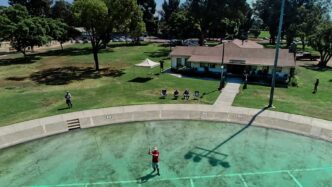
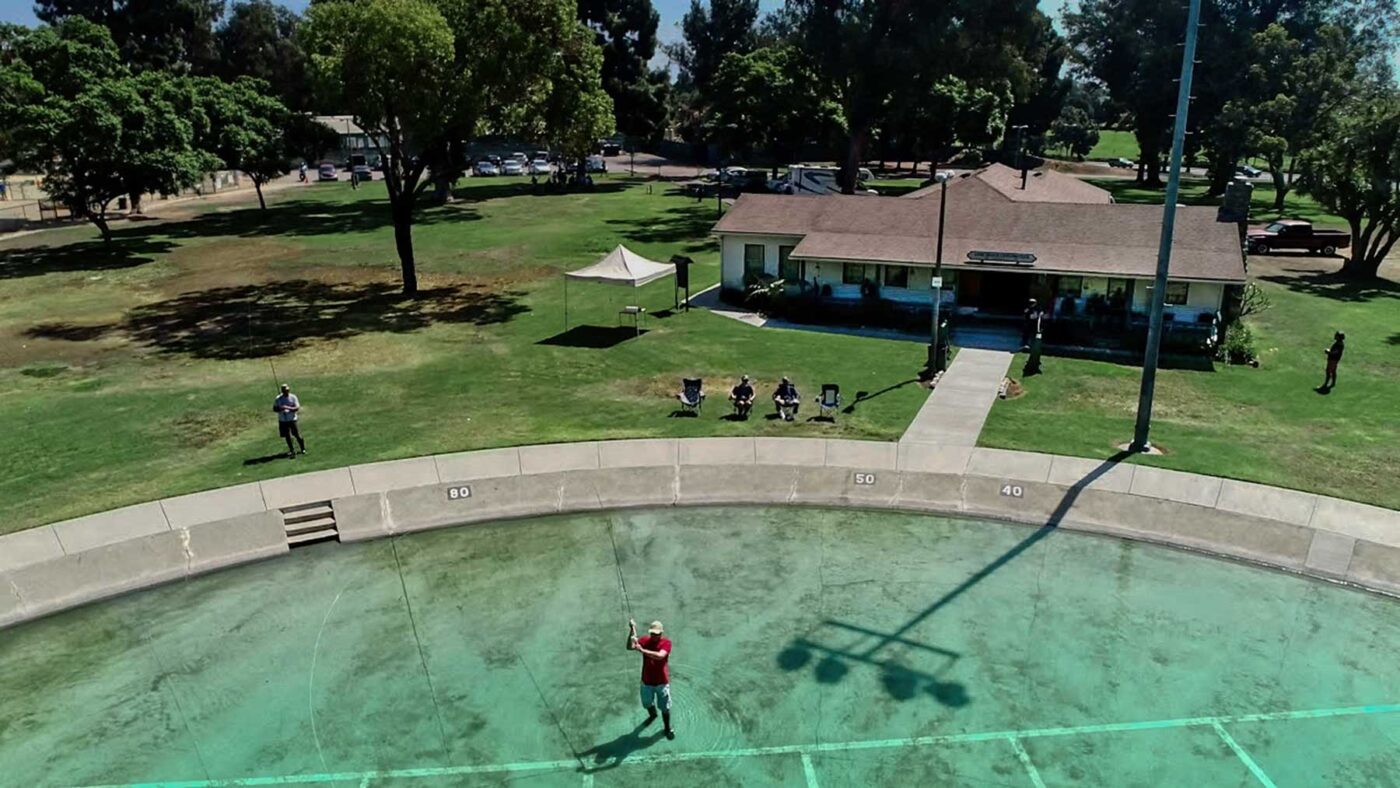

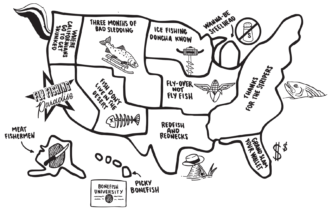
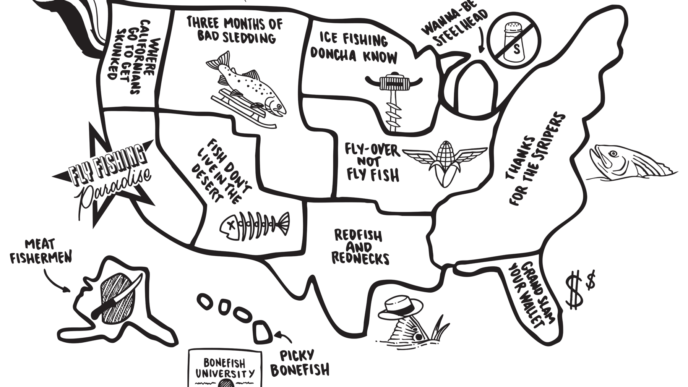


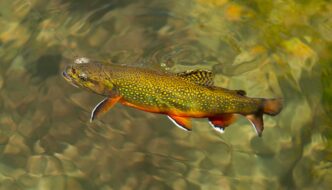
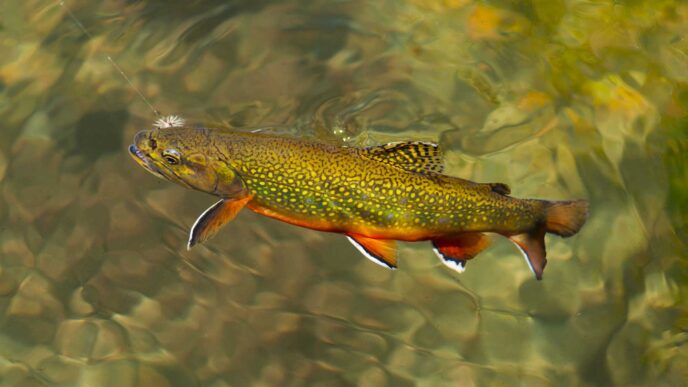
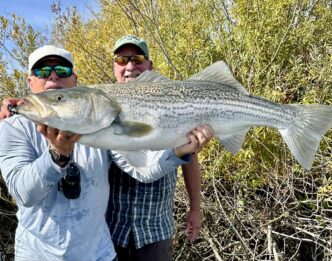
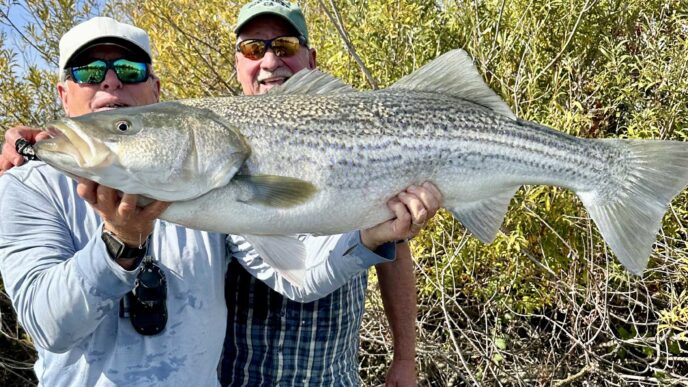
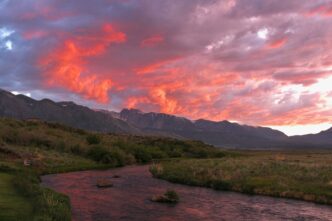
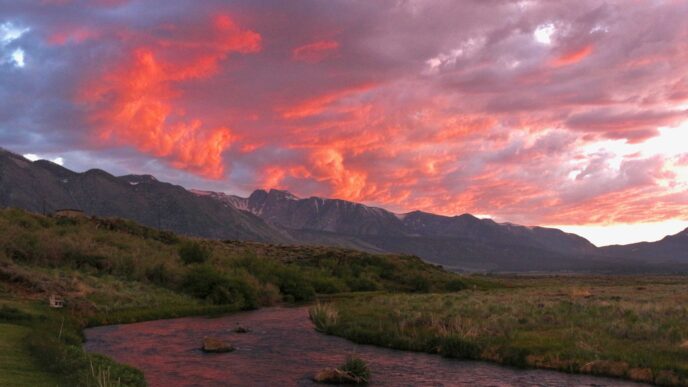
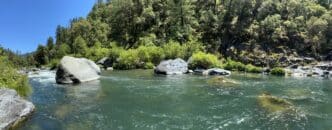
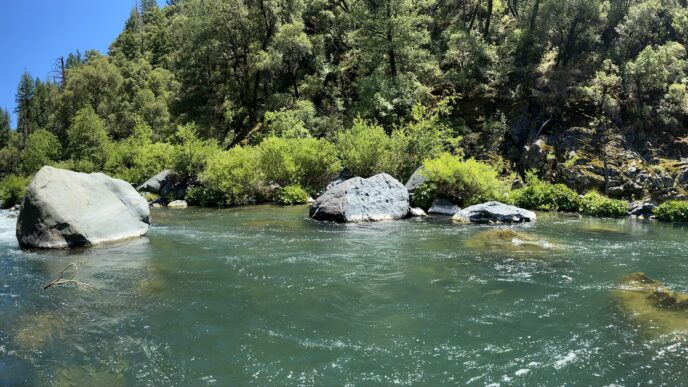
At one time,I was told that the casting ponds up in the Oakland hills, were part of Golden Gate Casting Club. Is that true, or were they pulling my leg? I don’t see anyone up there any more:
The Oakland Casting Club is its own club. However, they do partner with the GGACC on events and tournaments. You can learn more about the club at OaklandCastingClub.org.